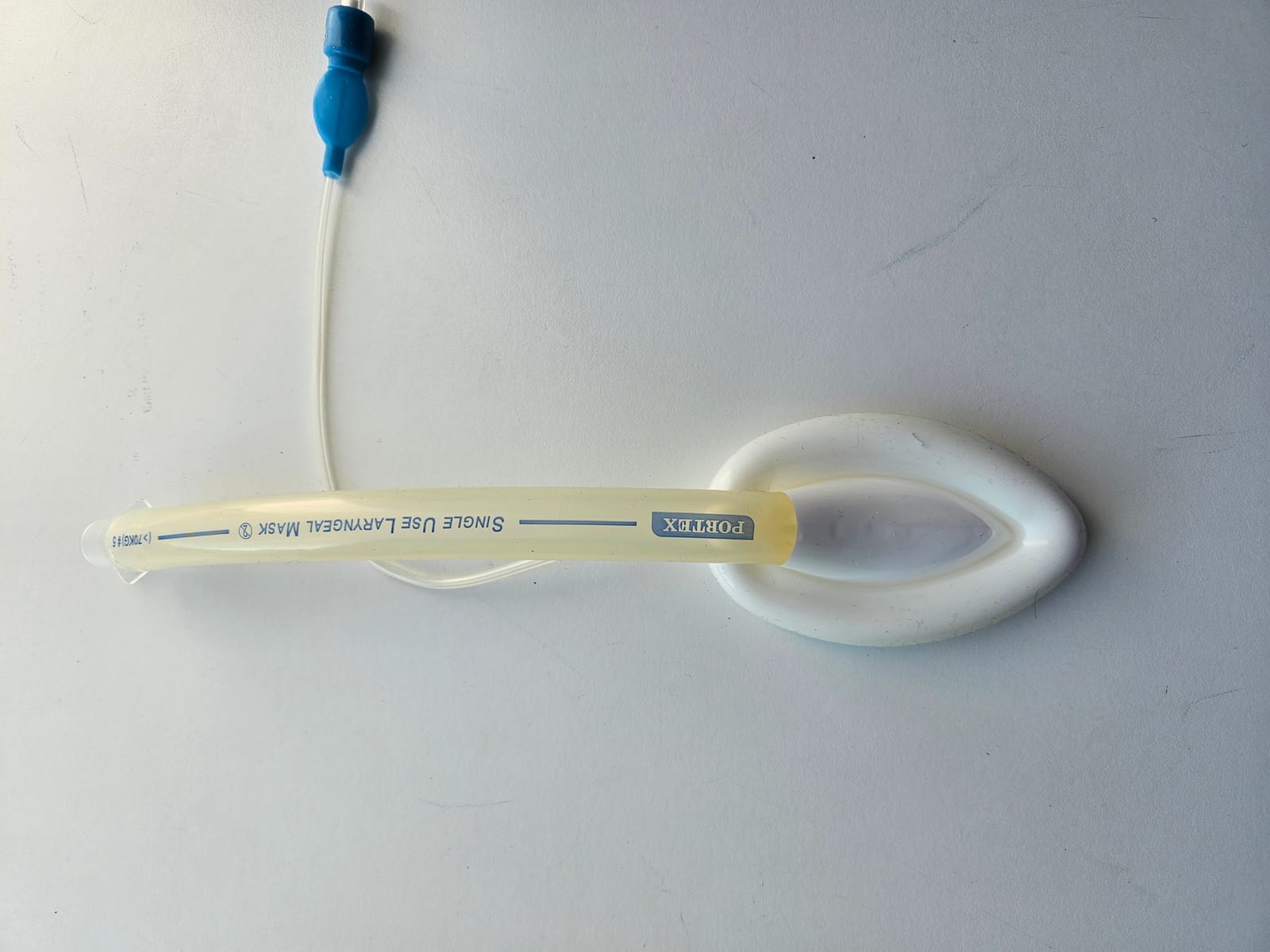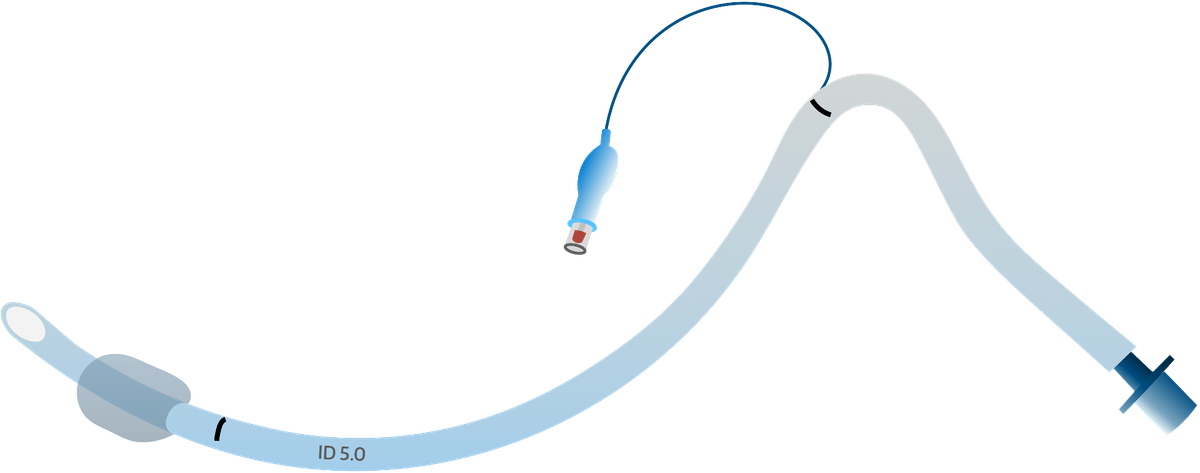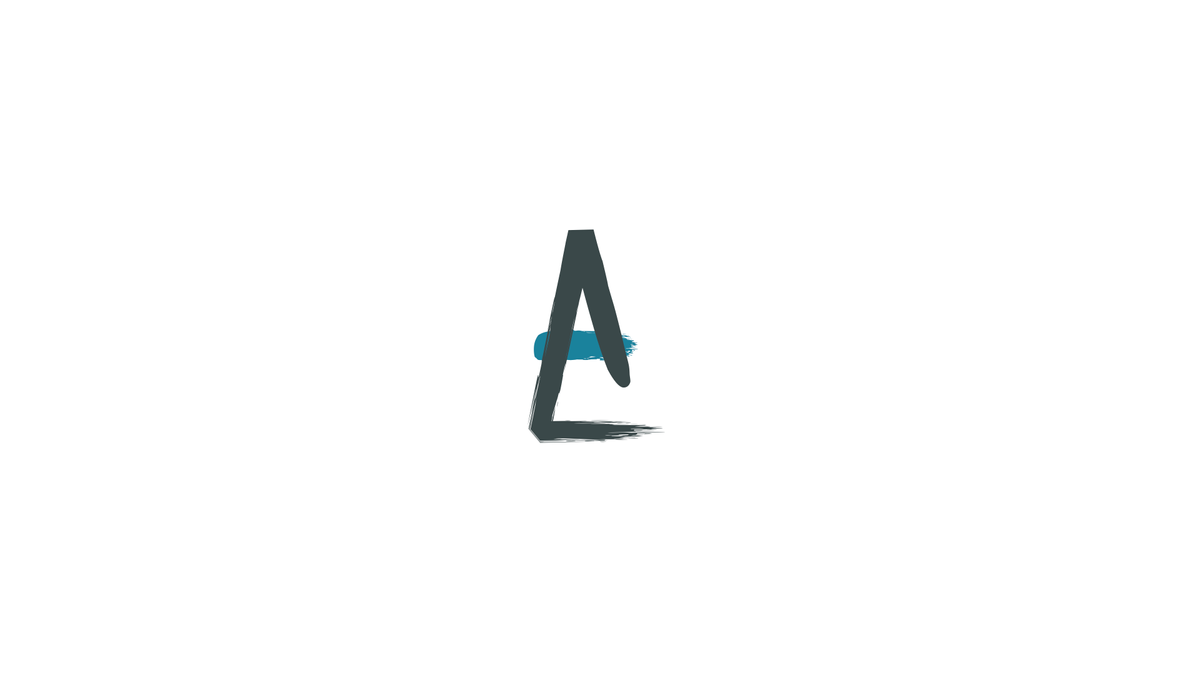OSCE Station #16 for the Primary

Please examine this piece of equipment and answer the examiner's questions.

What is this piece of equipment called, and what is it used for?
- First generation laryngeal mask airway (invented by Dr Archie Brain in 1988 - no extra marks for this information)
- Can be single use or reusable - the image shows a single use version
- Used for ventilation in low risk elective anaesthesia in fasted patients with no significant reflux
- Also used as a rescue airway device in an unanticipated difficult airway
- Can be used to facilitate intubation, either blind or under bronchoscopy, depending on whether the airway tube has bars at the patient end
Are you aware of any variations of this equipment?
- Standard
- Reinforced or flexible
- Intubating
- Second generation - LMA ProSeal
What are most pieces of airway equipment single use?
- Convenience
- Sterilisation doesn't inactivate prions
What features does it have that help it to serve its function?
- Flexible large diameter plastic airway tubing to conduct fresh gas flow and expired gases at low resistance
- 15 mm connector for connection to breathing system
- Inflatable elliptical pharyngeal cuff designed to create a seal to faciliate ventilation and provide a degree of airway protection from secretions
- Pilot balloon with self-sealing valve to inflate cuff with 20-40mL of air
Please explain how you would insert this piece of equipment?
- Deflate the cuff and lubricate the back of the mask
- Push the mask posteriorly along the contour of the hard palate
- Use index finger to guide the mask down posterior pharynx
- Continue inserting until resistance met
- Remove finger and inflate cuff - the solid line on the tube should be in the centre
What are the advantages of this piece of equipment?
- Easy to insert
- No need for muscle relaxation
- Much less stimulating than intubation
- Can transfer to recovery before extubation (hospital policy dependent)
- Generally works very well
What are the disadvantages of this piece of equipment?
- Doesn't properly protect the airway
- Can cause laryngospasm
- No bite block
- Doesn't always form a reliable seal
- Low ventilatory pressure limit of around 20cmH2O
Should you use PEEP with this piece of equipment?
HIGHLY UNLIKELY EXAM QUESTION
This is more just for interest, because nobody can seem to agree.
The theory is as follows:
- Normal spontaneous breathing in an awake patient produces around 5cmH2O of PEEP as a result of the elasticity of the lungs and the action of the adductor muscles of the vocal cords
- When you intubate someone, you lose the adductor action and its associated PEEP
- However with an LMA in a non-paralysed patient, theoretically this is maintained
- Many argue that the low-pressure airway seal is at risk of leaking and gastric insufflation if PEEP is applied
- Others argue - logically - that if you're applying a driving pressure to ventilate the patient already, the PEEP isn't going to add any more risk of a leak
Take home:
- Use second-generation LMA (LMA ProSeal, IGEL) with better seals if you're planning on using PEEP
- Use low PEEP (3-5 cmH2O) to improve recruitment and gas exchange
- Avoid high PEEP >5 cmH₂O unless you've got a very good seal
- Beware in lighter planes of anaesthesia – increased pressures may provoke coughing or laryngospasm
A spot of non-examinable history

Meet Dr Archie Brain
This is the laryngeal legend and inventor of the laryngeal mask airway you have to thank for saving you from sitting for hours facemask ventilating unconscious strangers.
In the early 1980s Dr Brain was looking for a device that would:
- Avoid the trauma of laryngoscopy
- Preserve spontaneous ventilation
- Permit hands-free anaesthesia and hold the pharynx and mouth open
Here's his prototype

Here's him using it for the first time
Here's his article

There were three outstanding advantages of the LMA in patients who breathed spontaneously. Firstly, excellent airway patency was obtained in 98% of patients and did not deteriorate during the course of the anaesthetic. Secondly, as no manual support of the jaw was necessary the hands of the anaesthetist were freed for monitoring, record keeping and other tasks. Thirdly, it was possible to maintain a clear airway throughout transfer of the patient to the recovery room.
-Brodrick PM, Webster NR, Nunn JF. Anaesthesia. 1989
Here is our airway equipment library
Airway equipment library
Tubes, tips and tricks

Here are our other OSCE stations for the Primary
OSCE - Anaestheasier


